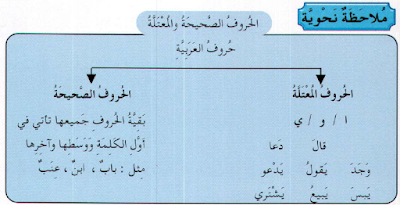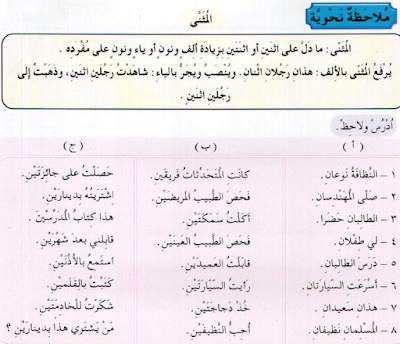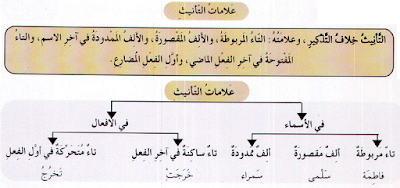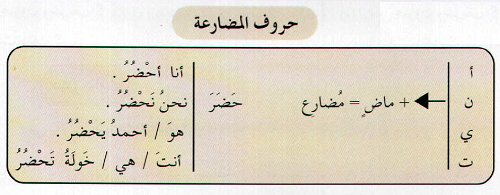Arabic Plural Female - Jamak Muanats Saleem (جمع المئنث السالم)

in this opportunity Learn Arabic will discuss about plural (female), in Arabic it's called Jamak Muanats Saleem (جمع المئنث السالم), there are two ways to form plural (female) in Arabic: Rafak (رفع) by adding dhamah in the last letter. Nasab (نصب) and Jar (جر) by adding Kasrah in the last letter. Click the picture to enlarge















